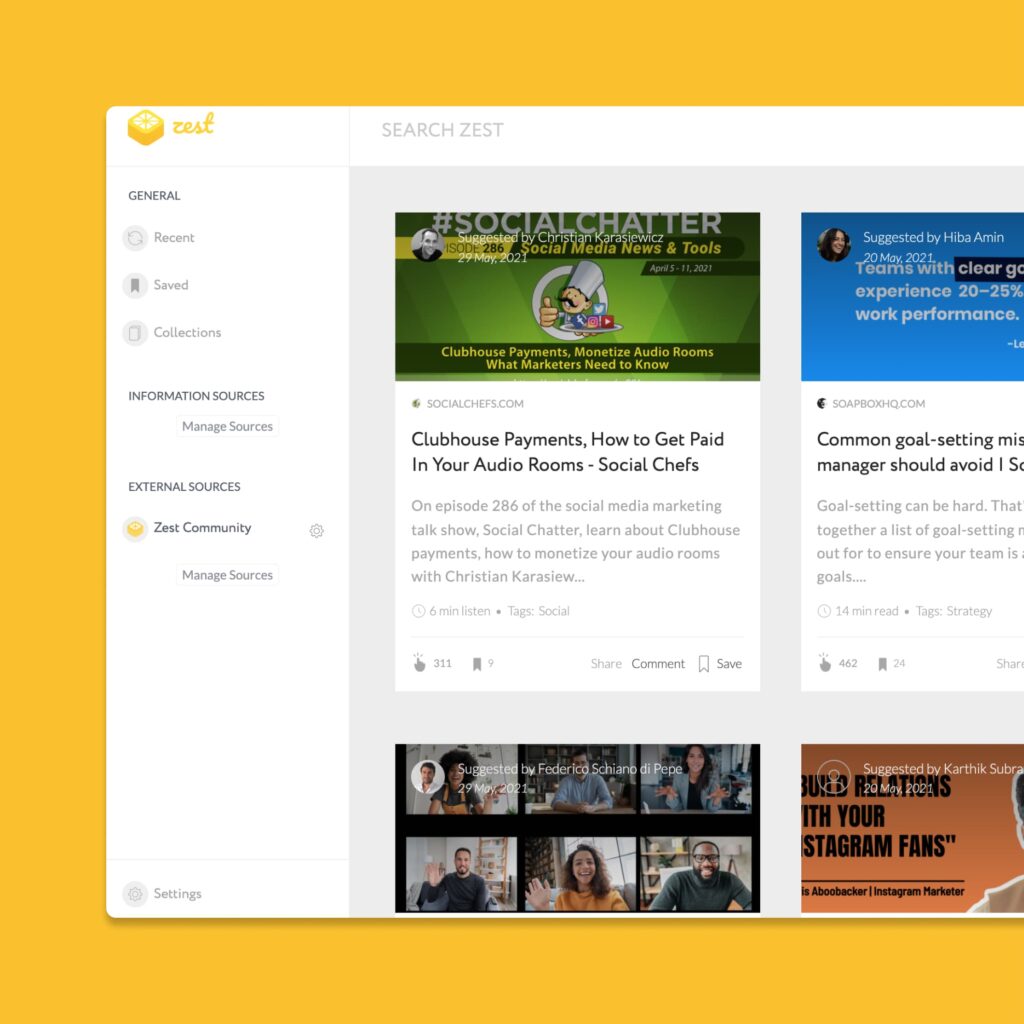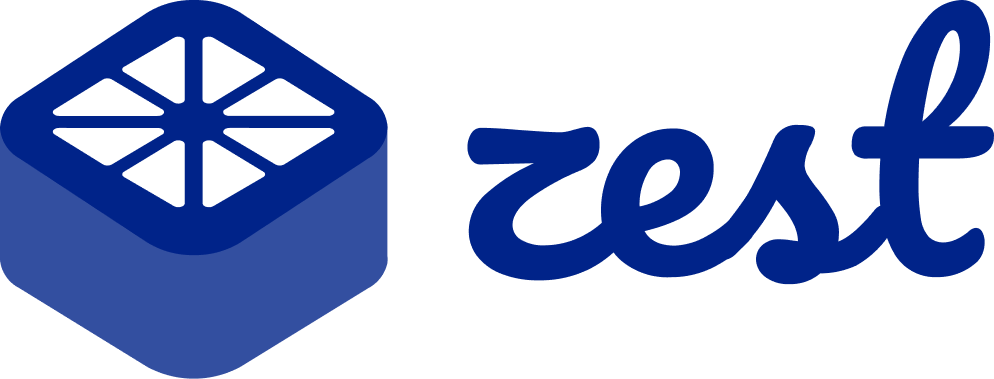Blog
The Developer Recruitment Process: A Comprehensive Guide

The Developer Recruitment Process: A Comprehensive Guide
Introduction
In this article, we’ll delve into the developer recruitment process. We’ll explore what different companies and recruiting agencies do differently and how you can manage the process in-house, giving you a comprehensive guide on the developer recruitment process and the crucial aspects you need to know.
We’ll discuss the role of AI in recruitment and the potential pitfalls to watch out for with candidates and companies.
Overview of What We Do
First of all, to give you a brief overview, we are an IT recruiting company specializing in SaaS companies. We help SaaS companies run better product teams by recruiting and headhunting talent.
We also provide consulting services, offering Fractional CTOs, CPOs, and highly experienced professionals. If you have challenges with your development team regarding productivity, hitting milestones, or managing effectively, we can help. Feel free to reach out, book a call, or write an email!
The Recruitment Process
Job Posting and Initial Screening
In software development, it’s essential to understand that simply posting a job listing and expecting useful applicants is usually insufficient, especially for senior positions.
While it might have been worse in 2021, it’s still challenging to find qualified candidates this way unless you are a major tech company like Google. Instead, a combination of job postings, community engagements, and headhunting is more effective.
Headhunting involves proactively searching for suitable candidates on platforms like LinkedIn. This process requires writing compelling pitches to attract potential candidates. Generic messages like “Hey, I see you’re a .NET developer. We have a .NET position. Let me know if you’re interested,” are often ignored because developers receive such messages frequently. To stand out, you need to know what developers are looking for and craft a pitch that speaks to their interests and needs.
The Interview Process
Once we have candidates interested, the next step is the interview process. The primary goals of an interview are to assess cultural fit, answer the candidate’s questions about the company and the project, and evaluate their technical skills.
1. Cultural Fit and Company Knowledge: Ensure that recruiters understand your company, the team dynamics, and the scope of upcoming work. This knowledge is vital as good candidates will ask these questions. If you’re doing the hiring yourself, you should be well-prepared to provide convincing answers.
2. Initial Technical Assessment: To avoid overloading your CTO with initial technical interviews, we like to split the process into two stages. The first interview is a less technical conversation with a few rapid-fire technical questions. We record and transcribe this interview for review by our CTO. This helps shortlist candidates who are a good fit personality-wise and project-wise.
3. In-depth Technical Interview: In the second interview, we ask detailed technical questions to ensure candidates have the necessary skills. This is what’s called skills-based hiring. This stage often filters out many candidates who might look good on paper but lack practical expertise. The goal is not to test their memory of obscure facts but to see if they understand and can apply relevant concepts in their daily work.
Utilizing AI in Recruitment
AI can assist in various stages of the recruitment process, such as preparing job posts and prescreening CVs, as well as conducting background checks. However, AI should be used to automate tasks while maintaining human oversight. You can also streamline your hiring process with HireQuotient’s resume parser. Extract key details from resumes effortlessly, saving time and enabling faster, more accurate candidate evaluations.
We’ve seen cases where misconfigured AI can lead to the rejection of qualified candidates based on minor discrepancies in CVs. It’s crucial to understand AI’s limitations and ensure it complements your recruitment strategy rather than replacing it.
Beware of Candidates Using AI to Hack Their Interviews
Something else has come up with the rise of AI in recruitment, and we’ve seen this in our interviews where candidates might also use AI during interviews to generate responses.
There are tools out there that plug into Zoom or Google Meet and they automatically key in the interviewer’s questions and then generate answers for the candidate to then read out.
Watch for signs like delayed responses or generic answers, as these could indicate AI-generated content. A skilled technical interviewer will dig deeper, asking for specific examples from the candidate’s experience to verify their expertise.
Screening and Selecting Your Final Candidates
A structured recruitment funnel helps manage the process efficiently:
- Top of the Funnel: Start with a broad pool of candidates, potentially dozens or even a hundred.
- Initial Screening: Narrow down to about 30 candidates for the first interview.
- Technical Interview: Reduce this number to around 10 for the technical interview.
- Final Candidates: Aim to present 2 to 4 strong candidates to the client.
Conclusion
Recruiting is about risk mitigation, not risk avoidance. Even with thorough processes, there’s always a chance that a hire might not work out.
At Trustshoring, we offer warranties that say if the hire is not successful we’ll provide replacements and other recruitment agencies do this as well. The entire process typically takes 4 to 6 weeks due to the coordination required for interviews.
If you’re sourcing candidates or using an agency, ensure they conduct technical interviews. Avoid agencies relying solely on AI for screening, as this approach often misses key aspects of candidate evaluation.
Do you need help with your recruitment of software developers, designers, product managers, and other product people? Feel free to book a call with us, we’ll take away the hassle of sourcing, vetting, and interviewing as well as payroll.
Read more


Case study:
Zest
Learn how Zest used Trustshoring services to scale their business!

The 7 Red Flags That Indicate a Need for Change in Your Software Development Team

How to Keep the Team Spirit When Working Remotely

How to Hire a CTO? Non-Tech Founders’ Go-to Guide to Starting a Cooperation with a CTO

How You Can Avoid Software Bugs Upfront
Create a free plan for growth
Speak to Victor and walk out with a free assessment of your current development setup, and a roadmap to build an efficient, scalable development team and product.
“Victor has been great. Very responsive and understanding and really knows his stuff. He can go the extra mile by tapping into his prior experiences to help your company out. Really enjoyed working with him.”
Founder of Agency360

Victor Purolnik
Trustshoring Founder
Author, speaker, and podcast host with 10 years of experience building and managing remote product teams. Graduated in computer science and engineering management. Has helped over 300 startups and scaleups launch, raise, scale, and exit.